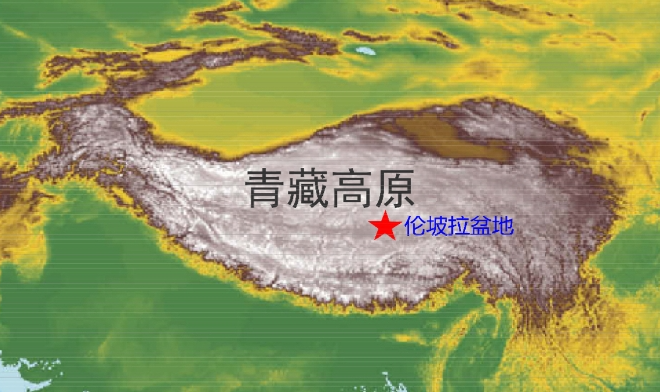A team of researchers, led by Chinese academician Fang Xiaomin from the Institute of Tibetan Plateau Research (ITP) under the Chinese Academy of Sciences (CAS), has set a new record by reaching a depth of 750 meters during an ongoing environmental drilling project in the Lunpola Basin of the Tibetan Plateau. The project aims to surpass 1,000 meters, making it the first of its kind in this region, according to the ITP.
Situated at an altitude of 4,600 meters, the Lunpola Basin in the central Qinghai-Xizang (Tibetan) Plateau holds the most continuous Cenozoic strata in the area, dating back 55 million years. It is also the first oil-producing basin within the core of the plateau.
The project has unearthed a variety of significant fossils, including tropical palm and camphor trees, climbing perch, and ancient water spiders, alongside volcanic ash layers and ancient soils. These findings offer crucial insights into the uplift of the central Tibetan Plateau and shifts in its climate and ecosystem over millions of years.
Previous studies, which utilized fossils and oxygen isotope analysis from ancient soil carbonates, have attempted to reconstruct the region’s elevation history, but debate persists regarding when the basin achieved its current height. The ongoing project is expected to contribute significantly to the understanding of the co-evolution of tectonic activity, climate changes, and ecological development on the Tibetan Plateau.
In the past 20 years, Fang and his team have utilized the absolute dating of volcanic ash to establish a high precision paleomagnetic chronological sequence of the Cenozoic strata in the basin. They discovered that the Lunpola Basin has a distinct history of two phases of formation, evolution, and deformation: the early phase involved slow subsidence from approximately 42 million to 26 million years ago, while the later phase involved rapid uplift from about 26 million to 20 million years ago.
In the future, the research team plans to combine analyses from paleoclimate, paleobiology, and paleoecological environments, along with tectonics, sedimentology, and geochemistry, to reveal the history of the Asian monsoon’s entry into the Tibetan Plateau over the past 40 million years, the co-evolution of climate, environment, and biodiversity in the heart of the Qinghai-Xizang Plateau, as well as the formation processes of hydrocarbon source rocks and arid salt lake deposits. This will provide important scientific evidence for simulating and predicting the impact of global warming across the plateau, in addition to protecting its ecological environment, and guiding the exploration and development of hydrocarbon and salt lake resources, according to the ITP.

